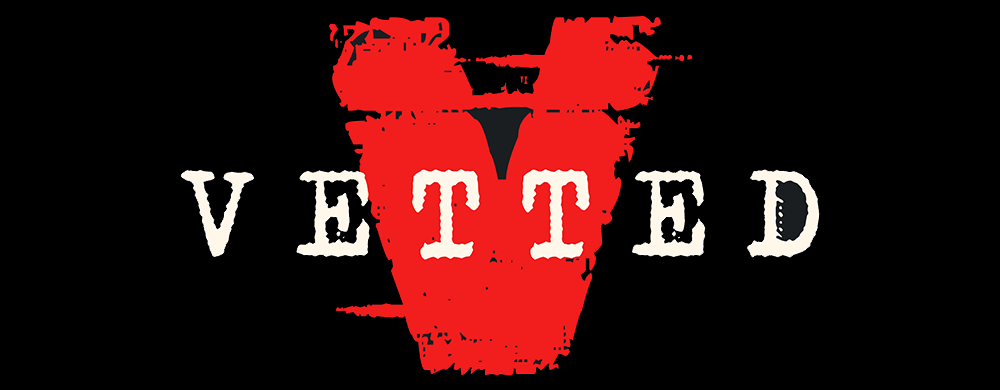What I Learned About Steven Greenstreet Will SHOCK YOU
The Belgian UFO Wave of the late 1980s and early 1990s captivated public attention and sparked intense debate within ufology circles. This series of sightings, reported by numerous witnesses including law enforcement and military personnel, became one of the most widely discussed UFO events in Europe.
At the heart of the controversy lies a photograph purportedly showing a triangular craft in the night sky. This image, known as the Petit-Rechain photo, gained significant traction as potential evidence of extraterrestrial visitation. However, the authenticity of this photograph has been called into question, with conflicting claims about its origin and validity continuing to fuel discussions among UFO researchers and skeptics alike.
Key Takeaways
The Belgian UFO Wave involved numerous sightings reported by civilians and officials
A controversial photograph became central to discussions about the wave's authenticity
Debates continue regarding the true nature of the events and evidence presented
Overview of the Belgian UFO Sightings
Document and Image Examination
The Belgian UFO incidents gained renewed attention when a previously classified UK document from December 2000 included a notable photograph. This image, along with others, became central to discussions about the wave of sightings. The authenticity of these photos has been debated, with claims of hoaxes and counterclaims of genuine captures.
Historical Context
Between 1989 and 1991, Belgium experienced a significant surge in UFO sightings. This period marked one of the most widely witnessed and documented series of UFO events in European history. The sightings attracted substantial public interest and media coverage, drawing attention from both civilian and military authorities.
Witness Accounts and Official Confirmations
Numerous civilians reported strange lights and triangular craft in the sky. Police officers corroborated many of these sightings, lending credibility to the reports. Ground-based radar stations also detected anomalous objects, providing technical evidence to support eyewitness accounts.
Military Response and Aircraft Engagement
The Belgian Air Force took the sightings seriously, authorizing F-16 fighter jets to investigate. On March 30-31, 1990, a significant event occurred when F-16s were scrambled to intercept unidentified objects. The jets' radar systems tracked objects displaying extraordinary speeds and maneuvers, far beyond conventional aircraft capabilities.
Official Statements and Unexplained Phenomena
Following the F-16 incident, the Belgian military held a press conference to address the sightings. Officials acknowledged the detection of objects on both ground and airborne radar systems. They noted that the observed phenomena exhibited flight characteristics beyond known technology, including extreme acceleration and the ability to hover silently at low altitudes.
Sponsor Feature
Straight Arrow News Collaboration
This segment highlights a partnership with Straight Arrow News, a media outlet focused on delivering unbiased journalism. In today's polarized media landscape, Straight Arrow News aims to provide objective reporting without catering to any particular agenda.
Advantages of Balanced Reporting
Straight Arrow News emphasizes fact-based journalism to help viewers make informed decisions. Their approach involves examining issues from a neutral standpoint and covering stories that may be underreported elsewhere. This strategy is designed to give audiences a clearer picture of current events without partisan slants.
Straight Arrow News Offering
Straight Arrow News provides its content through a website and mobile app. These platforms feature a unique system that categorizes news stories as left-leaning, right-leaning, or centrist. Viewers can access this service at san.com/vetted. By using this link, supporters can both access balanced news coverage and show their appreciation for the channel's content.
The Controversial Images
Steven Green Street's Statement and Lu Alzando's Presentation
Steven Green Street shared a tweet criticizing Lu Alzando for promoting an allegedly fake UFO photo during a paid speaking event. The tweet included images of Alzando presenting the photo at the event, alongside pictures of the person who reportedly created the hoax and a Wikipedia entry featuring the same image.
The Petite Rechain Photograph Debate
The photograph in question, known as the Petite Rechain image, gained significant attention during the Belgian UFO wave of the late 1980s and early 1990s. For over two decades, many considered it compelling evidence of UFO activity. In 2011, Patrick Marishal, the photographer, claimed he had fabricated the image using a model.
Disputing Claims and Counter-Arguments
Roger, the National Director of MUFON for Australia and New Zealand, challenged Green Street's assertions. He stated that he had contacted Marishal in July 2022, who allegedly revealed being paid to discredit the photo before the publication of Leslie Kean's UFO book in 2011. This new information raises questions about the true nature of the Petite Rechain photograph and the motivations behind its alleged debunking.
Revelations and Unexpected Twists
The Belgian UFO wave of the late 1980s and early 1990s continues to captivate researchers and enthusiasts. A key piece of evidence from this period, the Petit-Rechain photograph, has been at the center of ongoing debate.
Luis Elizondo, a prominent figure in UFO research, recently presented this image during a speaking engagement. The photograph shows a triangular craft with lights at each corner, hovering in a night sky.
Controversy surrounds the authenticity of the Petit-Rechain photograph. In 2011, Patrick Maréchal, the original photographer, claimed he had fabricated the image using a styrofoam model. This admission cast doubt on what many considered compelling evidence of the Belgian UFO wave.
A new twist emerged when Roger, the National Director of MUFON for Australia and New Zealand, shared a startling claim. According to Roger, Maréchal privately disclosed that he had been paid to discredit the photograph prior to the publication of a UFO book in 2011.
This revelation raises questions about the true nature of the Petit-Rechain photograph and the motivations behind its alleged debunking. UFO researchers are now reassessing the evidence and its implications for the Belgian UFO wave case.
The ongoing debate highlights the complexities involved in UFO research and the challenges of verifying photographic evidence. As new information comes to light, the Petit-Rechain photograph remains a subject of intense scrutiny and discussion within the UFO community.
